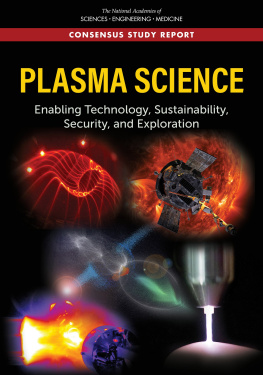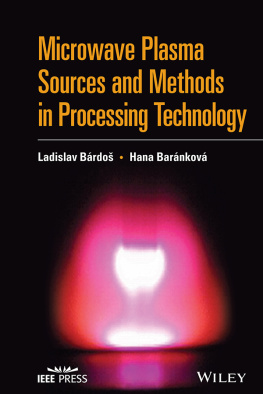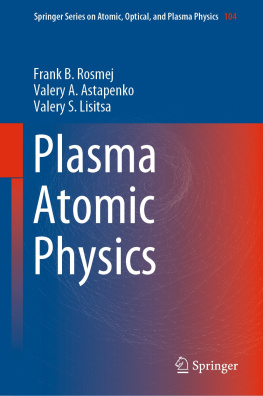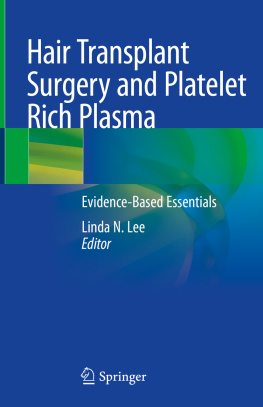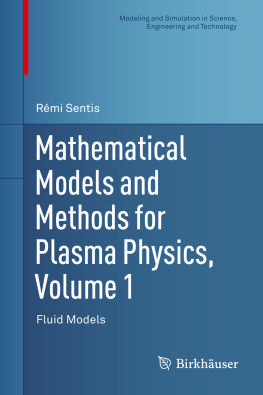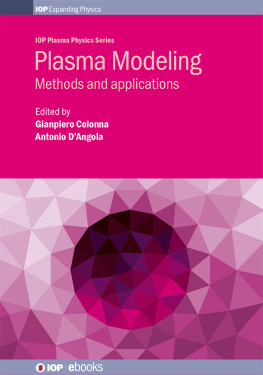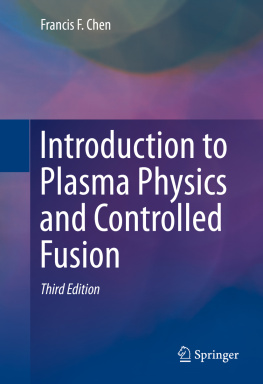
THE NATIONAL ACADEMIES PRESS 500 Fifth Street, NW Washington, DC 20001
This activity was supported by Grant No. PHY-1801266 from the National Science Foundation, Grant No. DE-SC0018435 from the U.S. Department of Energy, and Grant No. FA9550-18-1-0220 from the Air Force Office of Scientific Research, and by the Office of Naval Research. Any opinions, findings, conclusions, or recommendations expressed in this publication do not necessarily reflect the views of any organization or agency that provided support for the project.
International Standard Book Number-13: 978-0-309-67760-8
International Standard Book Number-10: 0-309-67760-2
Digital Object Identifier: https://doi.org/10.17226/25802
Library of Congress Control Number: 2020949026
Epub ISBN: 978-0-309-67763-9
Copies of this publication are available free of charge from
Board on Physics and Astronomy
National Academies of Sciences, Engineering, and Medicine
500 Fifth Street, NW
Washington, DC 20001
Additional copies of this publication are available from the National Academies Press, 500 Fifth Street, NW, Keck 360, Washington, DC 20001; (800) 624-6242 or (202) 334-3313; http://www.nap.edu.
Copyright 2021 by the National Academy of Sciences. All rights reserved.
Printed in the United States of America
Suggested Citation: National Academies of Sciences, Engineering, and Medicine. 2021. Plasma Science: Enabling Technology, Sustainability, Security, and Exploration. Washington, DC: The National Academies Press. https://doi.org/10.17226/25802.

The National Academy of Sciences was established in 1863 by an Act of Congress, signed by President Lincoln, as a private, nongovernmental institution to advise the nation on issues related to science and technology. Members are elected by their peers for outstanding contributions to research. Dr. Marcia McNutt is president.
The National Academy of Engineering was established in 1964 under the charter of the National Academy of Sciences to bring the practices of engineering to advising the nation. Members are elected by their peers for extraordinary contributions to engineering. Dr. John L. Anderson is president.
The National Academy of Medicine (formerly the Institute of Medicine) was established in 1970 under the charter of the National Academy of Sciences to advise the nation on medical and health issues. Members are elected by their peers for distinguished contributions to medicine and health. Dr. Victor J. Dzau is president.
The three Academies work together as the National Academies of Sciences, Engineering, and Medicine to provide independent, objective analysis and advice to the nation and conduct other activities to solve complex problems and inform public policy decisions. The National Academies also encourage education and research, recognize outstanding contributions to knowledge, and increase public understanding in matters of science, engineering, and medicine.
Learn more about the National Academies of Sciences, Engineering, and Medicine at www.nationalacademies.org.

Consensus Study Reports published by the National Academies of Sciences, Engineering, and Medicine document the evidence-based consensus on the studys statement of task by an authoring committee of experts. Reports typically include findings, conclusions, and recommendations based on information gathered by the committee and the committees deliberations. Each report has been subjected to a rigorous and independent peer-review process and it represents the position of the National Academies on the statement of task.
Proceedings published by the National Academies of Sciences, Engineering, and Medicine chronicle the presentations and discussions at a workshop, symposium, or other event convened by the National Academies. The statements and opinions contained in proceedings are those of the participants and are not endorsed by other participants, the planning committee, or the National Academies.
For information about other products and activities of the National Academies, please visit www.nationalacademies.org/about/whatwedo.
COMMITTEE ON A DECADAL ASSESSMENT OF PLASMA SCIENCE
MARK J. KUSHNER, NAE, University of Michigan, Co-Chair
GARY P. ZANK, NAS, University of Alabama, Huntsville, Co-Chair
AMITAVA BHATTACHARJEE, Princeton University
PETER BRUGGEMAN, University of Minnesota
TROY CARTER, University of California, Los Angeles
JOHN CARY, University of Colorado
CHRISTINE COVERDALE, Sandia National Laboratories
ARATI DASGUPTA, Naval Research Laboratory
DANIEL DUBIN, University of California, San Diego
CAMERON G.R. GEDDES, Lawrence Berkeley National Laboratory
GAIL GLENDINNING, Lawrence Livermore National Laboratory
DAN M. GOEBEL, NAE, Jet Propulsion Laboratory
DAVID B. GRAVES, University of California, Berkeley
JUDITH T. KARPEN, National Aeronautics and Space Administration
MAXIM Y. LYUTIKOV, Purdue University
JOHN S. SARFF, University of Wisconsin, Madison
ADAM B. SEFKOW, University of Rochester
EDWARD E. THOMAS, JR., Auburn University
Staff
CHRISTOPHER J. JONES, Program Officer, Study Director
JAMES C. LANCASTER, Director
NEERAJ P. GORKHALY, Associate Program Officer
AMISHA JINANDRA, Research Associate
LINDA WALKER, Program Coordinator
BETH DOLAN, Financial Associate
__________________
Member, National Academy of Engineering.
Member, National Academy of Sciences.
BOARD ON PHYSICS AND ASTRONOMY
ABRAHAM LOEB, NAS, Harvard University, Chair
ANDREW LANKFORD, University of California, Irvine, Vice Chair
MEIGAN ARONSON, University of British Columbia
WILLIAM BAILEK, NAS, Princeton University
JILL DAHLBURG, Naval Research Laboratory
SALLY DAWSON, Brookhaven National Laboratory
LOUIS DIMAURO, The Ohio State University
WENDY FREEDMAN, NAS, University of Chicago
TIM HECKMAN, NAS, Johns Hopkins University
WENDELL T. HILL III, University of Maryland
ALAN J. HURD, Los Alamos National Laboratory
CHUNG-PEI MA, University of California, Berkeley
NERGIS MAVALVALA, NAS, Massachusetts Institute of Technology
SUNIL SINHA, University of California, San Diego
WILLIAM A. ZAJC, Columbia University
Staff
JAMES C. LANCASTER, Director
GREGORY MACK, Senior Program Officer
CHRISTOPHER J. JONES, Program Officer
NEERAJ P. GORKHALY, Associate Program Officer
AMISHA JINANDRA, Research Associate
LINDA WALKER, Program Coordinator
BETH DOLAN, Financial Associate
__________________
Member, National Academy of Sciences.
Preface
Plasma science, the investigation of ionized gases and their interactions with materials, is a discipline absolutely critical to the United States economy, national security and protection of our planet from space weather events, while also being one of the major and fundamental areas of physical science. The extraordinary reach of plasma science can be gleaned from the range of plasma-enabled technologies that the past decades have enjoyed. These span microelectronics fabrication (plasma science underpins the $1 trillion information technology industry), health care, lighting and displays, water purification, and materials synthesis. Moreover, plasma science offers unparalleled opportunities to address outstanding and critical societal problems. Not the least of these contributions is making a major impact on societys ability to address climate change and energy sustainability through the development of fusion-generated, carbon-free electricity. Plasma science is also the basis of stewardship of our nuclear deterrent. Control of intense lasers interacting with plasmas is enabling a new generation of particle accelerators that could revolutionize X-ray imaging from medicine to industry, and enable investigation of new quantum phenomena. Plasma science as a scientific discipline in its own right is remarkable in spanning a huge range of physics, contributing to and drawing from disciplines as diverse as space physics and astrophysics; materials science and engineering; atomic, molecular, and optical physics; chemistry; biology; medicine; and agriculture.
Next page
